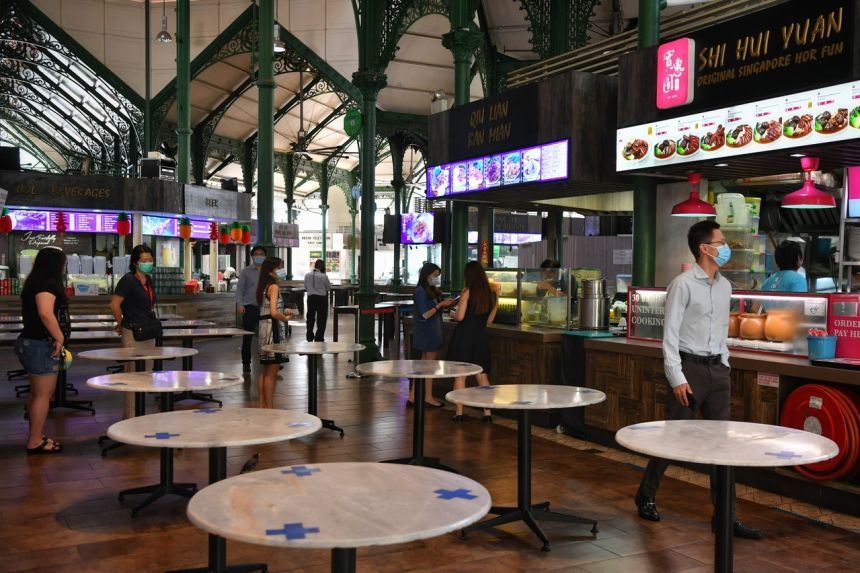
The Covid 19 pandemic has been tough on the F&B industry and has pushed F&B business owners to adapt to the tough times and this has given rising trends. It is more important than ever for F&B business owners to keep up with these trends as they will give rise to new market opportunities and customer expectations.
Here are 3 F&B market trends you should keep a lookout for.
Cloud Kitchen
Cloud kitchen or ghost kitchen’s rise to popularity can be attributed to the popularity of food delivery platforms among consumers. Cloud kitchens are a viable option for F&B owners who are looking to expand while keeping their costs low amid the ongoing uncertainty.
Operating entirely from the back end brings down overheads, enabling F&B owners to shift their focus to sourcing for quality ingredients to improve their food quality for a better customer experience. F&B owners can also operate multiple brands from their cloud kitchen using the same kitchen setup, moving away from the traditional F&B business model of one shop for one brand.
Contactless Dining
Covid 19 has made hygiene a top priority for consumers when they are dining out. Many restaurant owners have made the shift to contactless QR ordering where customers scan a QR code with their smartphones to browse your digital menu and place orders. This saves restaurant service staff the hassle of sanitizing physical menus after every use.
Adopting a contactless QR ordering system brings about many benefits apart from hygiene. Here are a few examples.
Appetizing images and descriptions of your food can be attached to each dish, educating customers on your menu and attracting them to order more, or try a new dish.
Handle high order volumes simultaneously without having to increase your operational costs. QR ordering helps restaurant owners to break free from the cycle of hiring more to handle more customers, thus increasing the restaurant’s profitability.
Contactless QR ordering also helps generate additional revenue by allowing restaurant owners to set up add on suggestions that will automatically pop up when customers place their orders. This will safeguard a restaurant owner’s revenue as upselling opportunities will never be missed.
The most important thing to realise all the benefits listed above is that the QR ordering system you choose must be easy to use and doesn’t require app downloads to encourage customers to self order.
Online Ordering for Delivery or Self Pick Up
During the circuit breaker, customers were not allowed to dine out at restaurants or F&B outlets, hence, consumers turned to order food online for self pick up or have it delivered to their homes. Online food ordering which was already popular among consumers, became even more widely used with the convenience it offers. Even after the circuit breaker had ended, many consumers are still ordering their food online instead of dining out or cooking at home.
F&B business owners should capitalize on this market opportunity by adopting a reliable, easy to use online ordering system to boost revenue. F&B business owners can also use online food ordering systems to receive orders from customers for their cloud or ghost kitchens, making the online food ordering system a must-have asset for restaurants and F&B businesses.
Tap onto the new market opportunities through online ordering
Digitalization of the F&B industry is speeding up rapidly amid the pandemic. Hence, having the right tools to adapt to the new business environment is crucial for your business. Did you realize that most of the new and upcoming trends which present new opportunities are made possible with digital and online food ordering?
If you are interested in getting an online food ordering system, QR ordering system or even a self ordering kiosk for your F&B business, do drop us your contact details below and we will be happy to arrange a free demo session with you!











